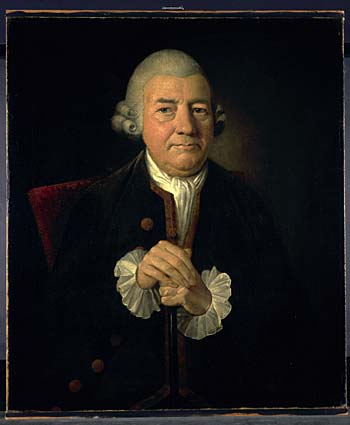Industry and Genius; or, the Origin of Birmingham. A Fable
Image: Portrait of John Baskerville (1706-1775), Type Founder and Printer, painted by James Millar in 1774. Oil on canvas. Industry and Genius was Baskerville’s motto.
Image from: Birmingham Museums and Art Gallery
O B——! in whom, tho’ rare, unite,
The Spirit of Industrie and eke the Ray
Of bright inventive Genius; while I write,
Do Thou with Candour listen to the Lay
Which to fair Birmingham the Muse shall pay,
Marking beneath a Fable’s thin Disguise,
The Virtues its Inhabitants display;
Those Virtues, when their Fame, Their Riches rise,
Their nice mechanic Arts, their various Merchandise.
…………
…………
A Town they builden straight, hight Birmingham,
Where still their numerous Offspring dwell combin’d,
Whose useful Thewes, and curious Arts proclaim
To all th’admiring World, from what rare Stock they came.4
This anonymous poem first appeared in Aris’s Birmingham Gazette in 1751 and is reprinted in Langford’s A Century of Birmingham Life. It is written in a style obviously different from the other poems in this selection. This form is known as ‘Spenserian stanza’, one of whose characteristics is the use of archaic vocabulary. It is perhaps an appropriate form for what is a creation-myth for Birmingham.
The tale relates how, on Avon’s winding, flowery bank, lived a ‘thrifty, sober’ young farmer named ‘Industrie’. Nearby, ‘in a Bower of Jessamy / And Roses’, dwelt the beautiful maiden ‘Geniae’, who had ‘A Wit so bright, a Mind with every Part / Of Science so adorn’d, and was a skilful and admired painter. The two meet, fall in love, and marry. They produce ‘a Race / Of docile Sons’, in whom are combined Geniae’s ‘Ingenuity and matchless Grace’ and Industrie’s ‘Perseverance’. Then, ‘A Town they builden straight, …’. Within the flowery, pastoral language of its myth, this poem offers a very simple yet recognizable version of the development of Birmingham.
The opening stanza of this poem begins: ‘O B——! in whom … unite/ … Industrie and … / … inventive Genius’. The ‘B——’ was John Baskerville, renowned Birmingham type-founder and printer. It is perhaps noteworthy that, when Baskerville died, in 1775, his type did not remain in this country. Sold to the highest bidder, it was removed to France.
One further observation regarding this poem : The swain in the fable is ‘Industrie’ and Geniae is an artist. The coat of arms of Birmingham depicts Art and Industry.
4 Anonymous, Industry and Genius; or, the Origin of Birmingham. A Fable, pages 39-40, Vol.1, John Alfred Langford (Compiled and Edited by), A Century of Birmingham Life, 2 vols, second edition, W.G.Moore & Co., Birmingham, 1870.
« Previous in this sectionNext in this section »Continue browsing this section
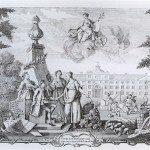 Poetry and the Industrial Revolution in the West Midlands c. 1730-1800
Poetry and the Industrial Revolution in the West Midlands c. 1730-1800
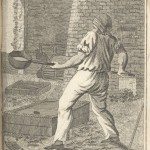 The Cyclops: Addressed to the Birmingham Artisans, Anonymous
The Cyclops: Addressed to the Birmingham Artisans, Anonymous
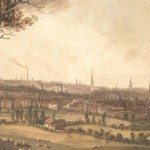 A Letter from a Mechanick in the busy Town of Birmingham, to Mr. Stayner, a Carver, Statuary, and Architect, in the sleepy Corporation of Warwick
A Letter from a Mechanick in the busy Town of Birmingham, to Mr. Stayner, a Carver, Statuary, and Architect, in the sleepy Corporation of Warwick
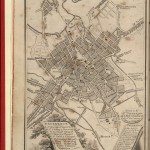 Answer to Dardanus’s
Answer to Dardanus’s
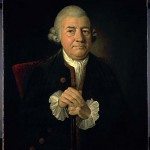 Industry and Genius; or, the Origin of Birmingham. A Fable
Industry and Genius; or, the Origin of Birmingham. A Fable
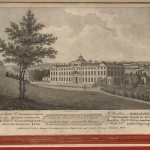 Labour and Genius: or, the Mill-stream, and the Cascade. A Fable
Labour and Genius: or, the Mill-stream, and the Cascade. A Fable
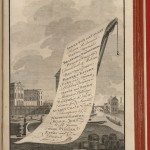 Inland Navigation, An Ode. Humbly Inscribed to The Inhabitants of Birmingham, And Proprietors of the Canal
Inland Navigation, An Ode. Humbly Inscribed to The Inhabitants of Birmingham, And Proprietors of the Canal
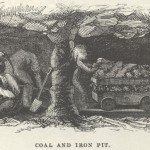 Edge-Hill: a Poem, in four Books
Edge-Hill: a Poem, in four Books
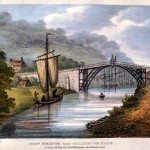 Colebrook Dale
Colebrook Dale
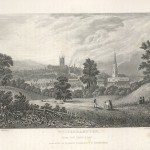 The Life and Lucubrations of Crispinus Scriblerus
The Life and Lucubrations of Crispinus Scriblerus
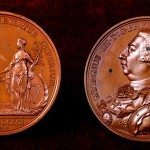 The Botanic Garden, Erasmus Darwin
The Botanic Garden, Erasmus Darwin
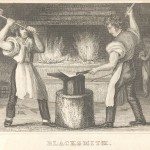 Ramble of the Gods through Birmingham. A Tale, James Bisset
Ramble of the Gods through Birmingham. A Tale, James Bisset
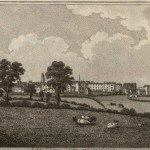 Rural Happiness. To a Friend and Moonlight: in the Country
Rural Happiness. To a Friend and Moonlight: in the Country



